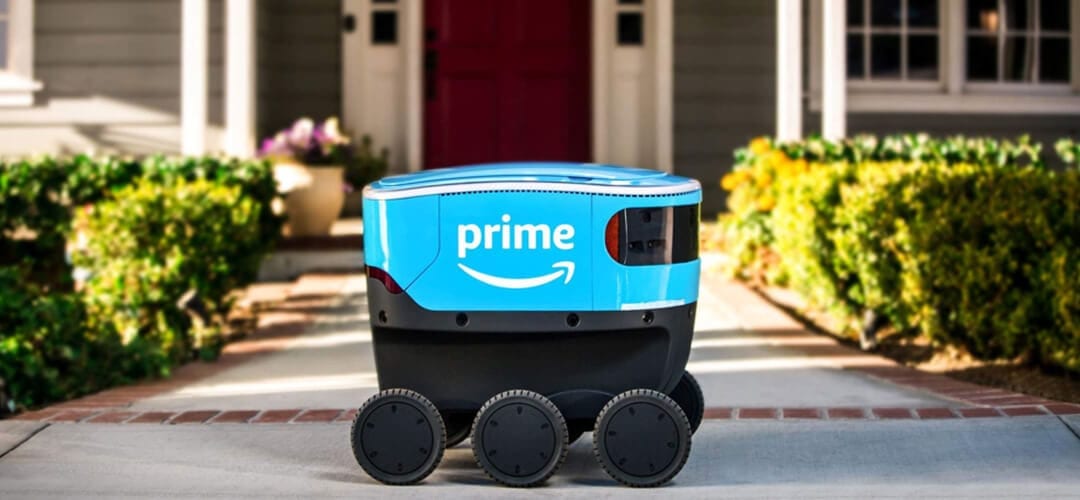Many mass-market retailers planning to improve inventory management are increasingly debating “push-versus-pull inventory management” using advanced software systems.
“Real-time inventory control can generate more sales, reduce dumpage and create more-satisfied customers.”
Historically in the flower business, corporate buyers order products from growers and “push” products to the retail level through the supply chain. It is a constant game of trying to guess what consumers want and hitting the right time frames when they want it. When you add the variable of perishable products to this mix, it becomes easy to make huge errors ending up with increased dumpage rates and increasing discounts to move excess product. There is no doubt that tens of millions of dollars in flowers go to waste every year.
We also see many retailers copying each other in thinking the other has the “right” inventory and product mix formula. The result is product variation that rarely changes from year to year. With minimal or no feedback from consumers as to what they really want, it becomes a guessing game, with few corporate buyers willing to take a risk on new floral products.
Increasingly, retailers are adopting more “push” strategies to meet the needs of specific consumers as it relates to perishables. For example, a consumer looking for pink roses today would have to get into the car and drive down to a local supermarket location, taking the chance he would find the pink roses he was looking for. Chances are slim that this consumer would be happy with the outcome.
If the retailer had real-time inventory control, knew the physical location of all the inventory and published this data online, it could have saved this consumer a whole lot of time and energy. The irony is that many large mass-market retailers have 10 times more inventory selection on hand than local flower wholesalers at any one time. It is just that consumers don’t know it and have no way of knowing it.
There is no doubt that somewhere in the hypothetical 10-store city cluster of this retailer, there was a dozen pink roses somewhere. It is just that no one could figure out how to communicate this to the consumer in an easy real-time manner. Is it any wonder dumpage rates are so high right now? The mass market will never progress to the next step in serving consumers until they improve on this process.
By proactively publishing real-time inventory data online, the consumer could see which store has the pink roses, how many stems and at what price. He could now place the order online (via the mobile app) and reserve it for local pick up. The consumer is happy, and the retailer is happy. This “pull” methodology now becomes a strategic competitive advantage versus other retailers in the same market selling the same product from the same growers.
Multiply this across several hundred (or thousand) locations, and the savings become dramatic in terms of reduced dumpage and higher margins. Now the retailer can charge a premium for the same product, making the ROI on the technology investment as little as a few months’ time. Over time, the retailer will carry less and less inventory as customers get more accustomed to ordering exactly what they want versus what they see by accident on the shelf each day.
It is clear that flowers and technology can be combined to service customers better, increase margins and stay one step ahead of the competition. It just takes an effort on the part of management to make it happen. Then management has to implement the right systems to make it visible to consumers. It is a win-win for all involved when properly executed.
Thirty years ago, supermarkets sold almost zero fresh flowers. Now they sell more than 5 billion a year. With the right inventory strategy, one day they can move this number to 10 billion a year.

Alex Frost has founded and operated multiple technology and marketing companies in the floral industry for more than 25 years. He has also developed unique supply chain software for the flower industry. Contact him via email at alex@quickflora.com.







